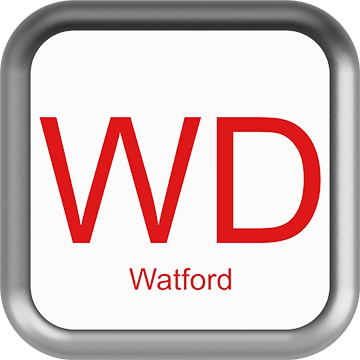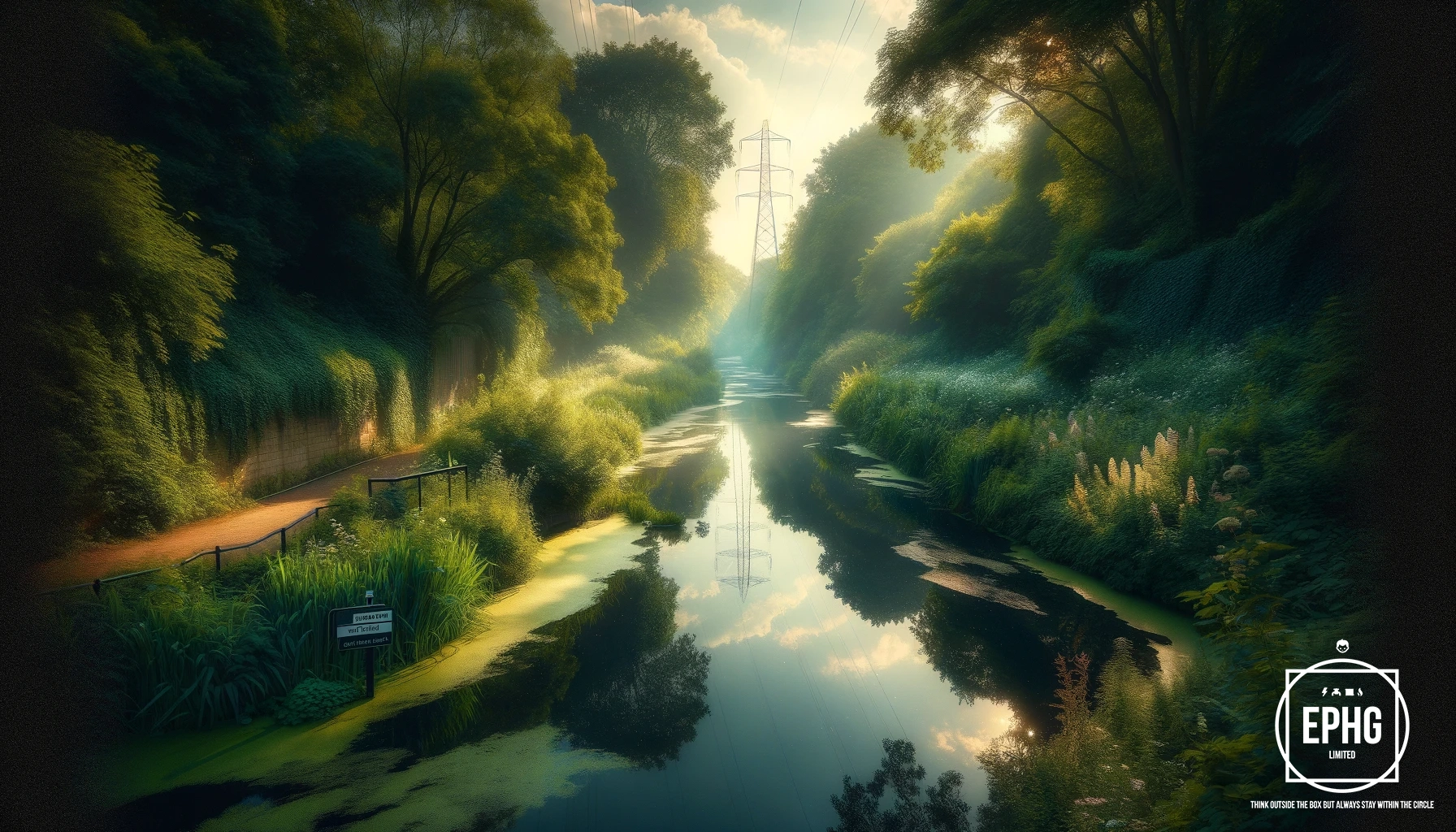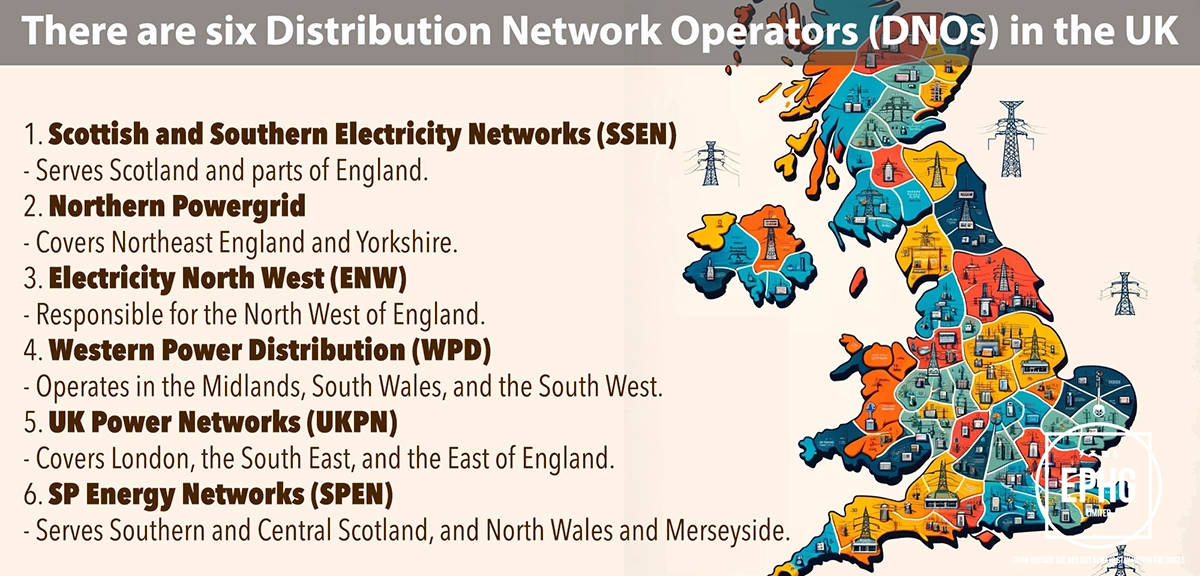
WD Postcodes for Utilities & Services in Watford and Surrounding Areas
Introduction: The WD postcode area, encompassing Watford and its adjacent communities, offers a comprehensive look into the utilities and services of this bustling region. Here, we delve into various aspects concerning water, electricity, and other essential services, catering to the needs of both residents and businesses.
Water in Watford
What are the primary water sources for Watford, and how does the area handle water scarcity?
In Watford, water supply mainly comes from the River Colne, supplemented by underground aquifers. These sources ensure a consistent flow to meet the demands of the growing population. Despite the reliable water provision, Watford, like many areas, faces challenges such as seasonal variability and infrastructure stress. Local water authorities actively manage these issues through modern treatment facilities and sustainable practices, aiming to prevent shortages. They also promote water conservation measures among residents to maintain a stable supply during dry periods.
How does water quality and hardness affect residents in Watford?
Water in Watford is generally characterized as 'hard' due to the natural presence of calcium and magnesium, common in the southeast of England. This hardness can lead to scaling in pipes and appliances but is not harmful to health. Indeed, some studies suggest that hard water can contribute beneficial minerals to the diet. The water quality is rigorously tested to ensure it meets all health and safety standards, with local providers committed to delivering safe and clean water. Residents may choose to use water softeners to mitigate the effects of hardness, particularly to extend the life of household appliances.
Electricity in Watford
What are the main sources of electricity supply in Watford, and how is the energy landscape evolving?
The electricity in Watford primarily comes from the national grid, which is increasingly being fed by a mix of energy sources, including nuclear, renewables, and fossil fuels. The area is experiencing a shift towards sustainable energy, with a significant emphasis on solar and wind power contributions. Local initiatives and businesses are also adopting greener practices, contributing to a reduction in carbon emissions. The future energy outlook for Watford includes further integration of renewable energy sources, enhanced energy efficiency measures, and the development of local energy projects to ensure a reliable, sustainable supply that meets the growing demands of the community.
Is there a plan for incorporating hydrogen energy into Watford’s energy system?
Watford is aligning with broader national and regional strategies to explore the potential of hydrogen energy, particularly as a cleaner alternative to traditional natural gas for heating and transportation. While specific timelines for widespread hydrogen integration are still under development, the area is preparing through feasibility studies, pilot projects, and the development of necessary infrastructure. This initiative is part of Watford's commitment to sustainable development and its vision to be at the forefront of adopting innovative energy solutions to combat climate change and reduce environmental impact.
How is wastewater managed in Watford?
In Watford, wastewater management is a critical component of the town's infrastructure, ensuring the well-being of its residents and the surrounding environment. The town’s wastewater is collected and treated at facilities that employ modern processing methods to remove contaminants effectively. After treatment, the cleaned water is safely released back into local rivers, such as the River Colne, under strict environmental standards to prevent pollution and protect aquatic life. The ongoing investment in wastewater treatment technology and infrastructure demonstrates Watford's commitment to environmental stewardship and public health.
Regions and Services:
The WD postcode area showcases a variety of landscapes and communities, from the bustling urban center of Watford city to the charming outskirts. Notable regions include:
- Watford City: The heart of the region's utilities development, featuring sophisticated electrical and gas infrastructure to support its dynamic urban environment.
- Bushey, Rickmansworth, and Kings Langley: These towns offer a blend of old and new, with services that reflect their rich historical backgrounds alongside modern advancements.
- Radlett, Abbots Langley, and Borehamwood: Picturesque villages known for embracing renewable energy initiatives, enhancing their traditional utility services and contributing to a greener community.

Regions within the WD Postcode
Watford and Surrounding Areas
- WD1: Watford - Central area known for its shopping centers, entertainment facilities, and business parks.
- WD2: Watford - Another part of the town, including residential and commercial areas.
- WD3: Rickmansworth, Chorleywood, Croxley Green - Areas known for their natural beauty, including lakes, parks, and the Grand Union Canal.
- WD4: Kings Langley, Chipperfield - Villages known for their historic buildings, community spirit, and countryside.
- WD5: Abbots Langley, Bedmond - Residential areas with local amenities, set in a semi-rural backdrop.
- WD6: Borehamwood, Elstree - Known for film and TV studios, residential areas, and shopping facilities.
- WD7: Radlett, Shenley - Affluent areas with luxury homes, green spaces, and high-quality local services.
- WD17: Watford - Includes the town center and surrounding areas, known for retail, leisure, and cultural activities.
- WD18: Watford, West Watford - Areas featuring residential communities, business hubs, and educational institutions.
- WD19: South Oxhey, Carpenders Park - Suburban regions known for their family-friendly environment and community facilities.
- WD23: Bushey, Bushey Heath - Known for their historic charm, local parks, and community-centric living.
- WD24: North Watford - A mix of residential neighborhoods, industrial areas, and local amenities.
- WD25: Garston, Leavesden, Aldenham - Suburbs with good transportation links, green spaces, and entertainment options.




